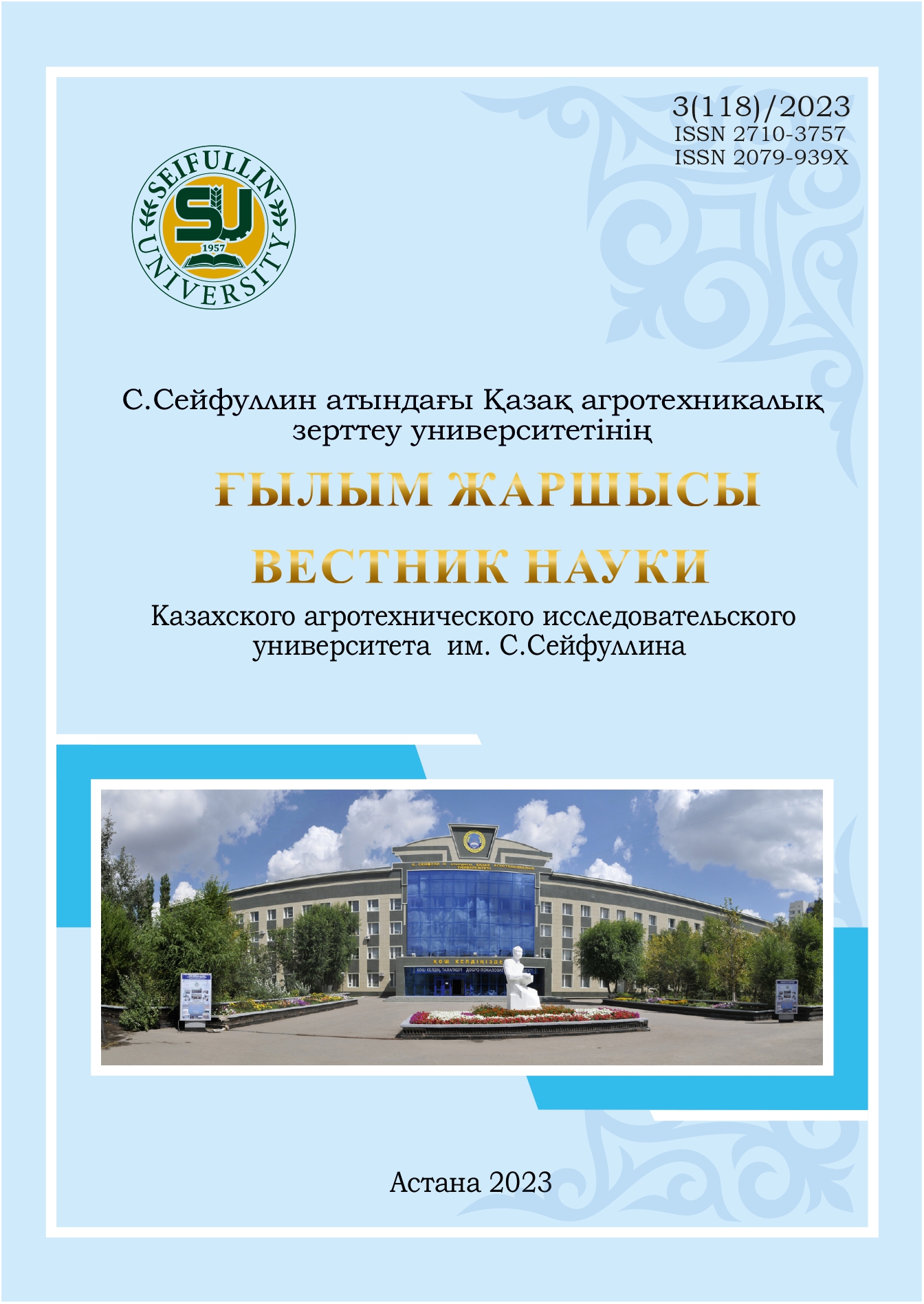OBTAINING ORGANO-MINERAL FERTILIZER BY ABSORPTION OF CARBON DIOXIDE BY NATURAL HUMIC SUBSTANCES
DOI:
https://doi.org/10.51452/kazatu.2023.3(118).1469Ключевые слова:
fertilizer; absorption; potassium humate; ammonium humate; CO2 utilizationАннотация
Global warming caused by increased emissions of greenhouse gases such as carbon dioxide (CO2), methane (CH4) and others has been recognized as a serious environmental problem for humanity. Today there is a massive production and consumption of fossil hydrocarbons, which leads to huge emissions of carbon dioxide into the atmosphere. Its concentration, which is a measure of human consumption of energy from fossil fuels, is growing rapidly. The natural utilization of CO2 by plants and water bodies can no longer cope with such volumes. At present, the annual increase in CO2 is 3200–3600 million tons. According to the calculations of the Intergovernmental Panel on Climate Change (IPCC), if CO2 emissions continue to grow at such rates, the average annual temperature on Earth will increase by 1.5–4.5°C by the end of the 21st century. This means an increase in temperature of 0.3°C per decade, which is three times the level of adaptability of natural ecosystems. Therefore, the effective utilization of carbon dioxide is an urgent scientific and environmental task of the world scientific community.
The work describes research on the use of HAS (potassium and ammonium) for CO2 capture. Laboratory tests have been carried out to evaluate the maximum absorption capacity and CO2 absorption rate of aqueous solutions of HAS. It has been shown that the absorption capacity is more than 10 times lower than that of a benchmark solution of 30% MEA. However, the CO2 absorption rate of a 30% AH solution is close to that of 30% MEA. Nevertheless, contrary to amines, after the CO2 absorption HAS solutions can be used as fertilizers. This provides both CO2 capture and utilization.
The resulting solutions were tested for microgreens, the biomass of microgreens and the length of sprouts of microgreens of the experimental and control groups were studied.

